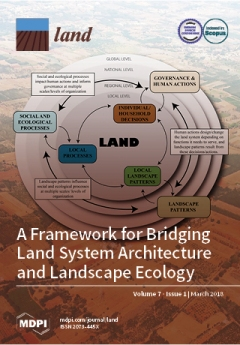Soil survey investigations for irrigation
The pressing need for increased agricultural production in the years ahead can only be met by more efficient use of our land and water resources including more widespread and better irrigation in those regions where rainfall is inadequate. Production gains will be shortlived unless the attendant hazards of salinization, water logging and lowered fertility are kept in check by effective planning and management based on a thorough understanding of the soil conditions. Soil survey and land classification are generally accepted essential preliminaries to investment in irrigation development.



